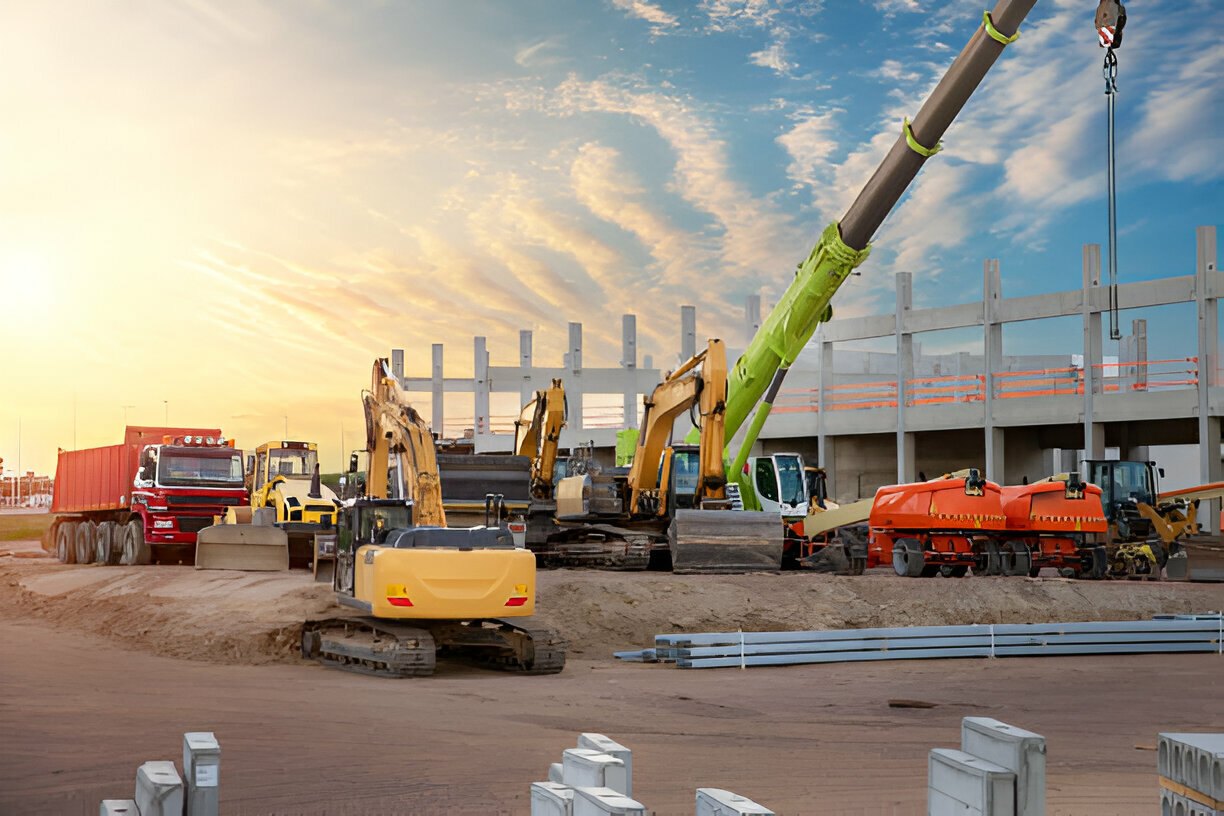A properly developed plan is an essential part of any construction project, big or small. The roadmap of seven stages, starting with the initial concept and ending with the final handover, guides the plan through a seamless process. This formal framework ensures accuracy, prevents needless delay, and keeps everyone on the same page.
This thoughtful planning at the beginning is needed to gain proper approvals, set the budget, and acquire the required materials and labor throughout the process. Following these steps assists in eliminating safety hazards, ensuring quality construction, and delivering a project that corresponds with the owner’s goals on budget and on time.
You can also read about: 6 ways to reduce construction delays
Stages of Construction You May Need To Know
Below we have discussed 7 stages of construction one should be aware of:
Conception and Feasibility
The first step of every project involves idea generation. It could involve anything from constructing a home to remodeling a kitchen. In this first step, you will have to decide on the aim of the project, the budget, and the deadline for its completion. This stage also includes calculating the project’s feasibility on the chosen site. That could involve consulting an architect or engineer to evaluate soil conditions, zoning laws, and environmental concerns.
Design and Planning
Now that you have determined the feasibility of your project, you need to move on and transform your ideas into workable plans. This phase is marked by collaboration with the architect or designer, whose purpose is to design the exact blueprints and specifications. The design phase will be based on the structure’s aesthetics, the function of the room, and the building code regulations. Architects will ensure that your vision follows the technical requirements and safety regulations. They’ll craft detailed drawings that define the size, shape, and location of all the building parts, including walls, windows, plumbing, and electrical.
Pre-Construction
With the design completed, it is time to plan the actual construction process. The pre-construction phase of this project consists of several steps. Get ready for all the permits and approvals from local authorities. This allows you to ensure your project is consistent with the supplier rules and safety standards. Another important consideration will be whether you require financing for the project.
This could mean applying for a construction loan from the bank or another lender. Lastly, you must choose an authorized contractor to carry out the work. This will entail getting bids from multiple contractors, researching their qualifications and experience, and deciding based on what best fits your project needs and budget.
Construction
This is when the vision is transformed into reality, with the building being the physical result of the process. The contractor you have chosen will be responsible for the construction process by acting according to the approved plans and specifications. The construction phase can be subdivided into several stages: site preparation, foundation work, framing, roofing, and installation of mechanical, electrical, and plumbing systems (MEP). During this phase, the local building officials would inspect key milestones to verify that the building is safe and the quality is good enough.
Completion and Closeout
With construction almost done, attention will be paid to setting the final touches, and inspection will be necessary. The next phase entails creating a punch list, which is a comprehensive document comprising unfinished work or minor correctional tasks that are vital in the project’s conclusion. After the punch list items are closed and the final inspections are passed, you will get a certificate of occupancy, meaning the building is safe to inhabit and complies with all safety standards.
Post-Construction
Once you move into your new home or business, the contractor might offer you a specific warranty period after finishing the construction work. This warranty usually protects against any shortcomings in the materials or doing the job that happens within a certain period after completion. During this time, the contractor should be prepared to cover any issues related to the warranty terms.
Maintenance and Upkeep
It is impossible to keep a building standing forever without proper maintenance. After construction, you have to maintain this structure well to ensure its durability and security. This implies that basic tasks include cleaning gutters, checking for leaks, and performing preventive maintenance on the mechanical systems. A preventive approach to your building’s maintenance will help you lower the cost of future repairs and lengthen its lifespan.
Conclusion
Following these seven stages of construction provides a clear roadmap for any construction project, big or small. Each stage plays a vital role in ensuring a smooth, successful build. By carefully planning and executing each step, you can transform your vision into a reality and enjoy seeing your project come to life.






5 Steps in the Civil Engineering Design Process - Welcome to Menara EE Sdn Bhd
[…] You can also read about 7 stages of construction […]